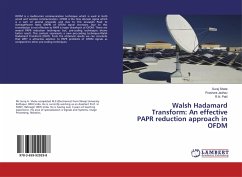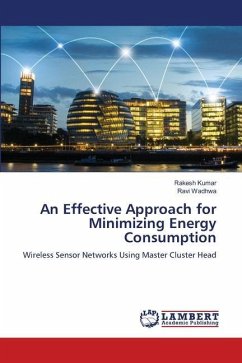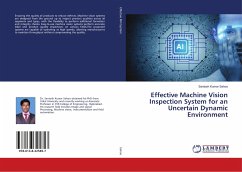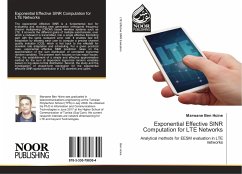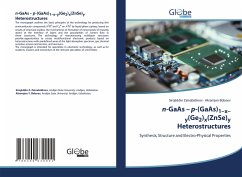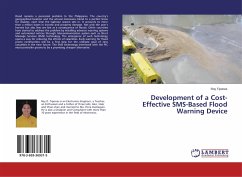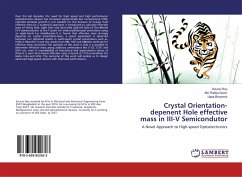
Crystal Orientation-depenent Hole effective mass in III-V Semicondutor
A Novel Approach to High-speed Optoelectronics
Versandkostenfrei!
Versandfertig in 6-10 Tagen
24,99 €
inkl. MwSt.

PAYBACK Punkte
12 °P sammeln!
Over the last decades, the need for high speed and high performance optoelectronic devices has increased exponentially but conventional (100)-oriented epitaxial growth is not suitable for this because of heavier hole effective mass.So a numerical approach is introduced to calculate Effective mass of Heavy hole, Light hole and Spin-orbit Split-off hole of Zinc-Blende III-V semiconductor at the -point for arbitrary(hkl)crystal orientation using an eight-band k.p Hamiltonian.It is found that effective mass strongly depends on crystal orientation.Here, a good agreement is observed between our obta...
Over the last decades, the need for high speed and high performance optoelectronic devices has increased exponentially but conventional (100)-oriented epitaxial growth is not suitable for this because of heavier hole effective mass.So a numerical approach is introduced to calculate Effective mass of Heavy hole, Light hole and Spin-orbit Split-off hole of Zinc-Blende III-V semiconductor at the -point for arbitrary(hkl)crystal orientation using an eight-band k.p Hamiltonian.It is found that effective mass strongly depends on crystal orientation.Here, a good agreement is observed between our obtained results in well-known crystal orientations such as, (100),(110)and(111) and the results from PBE, HSE and MBJLDA methods for effective mass calculation.The specialty of this work is that it is possible to determine effective mass along arbitrary orientations like (113), (131) and (201) etc. even if unavailability of theoretical and experimental values of them.It is seen that lowest effective mass is found at (113) orientation for GaAs, InAs and InSb. The outcome of this work will enable us to design advanced high-speed devices with improved performance.



